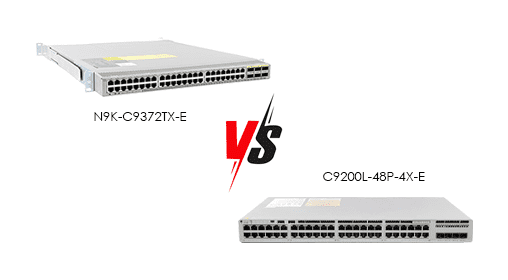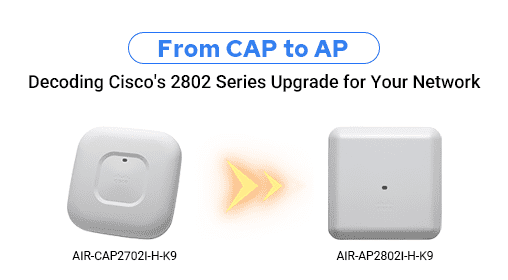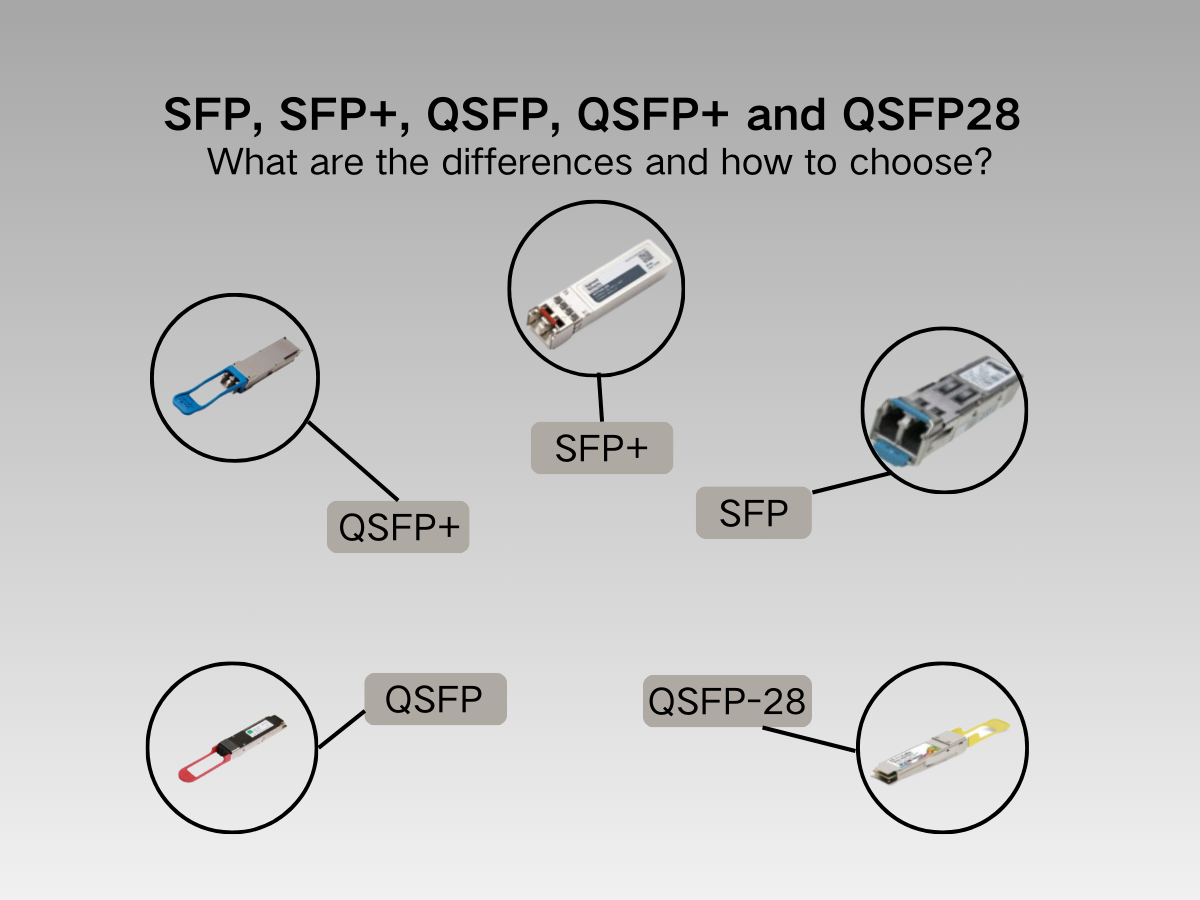














In modern network infrastructure, fiber optic technology is key to efficiently transmitting data. As data demands continue to grow, fiber optic technology is also evolving to meet increasingly complex network needs. In the field of multimode fiber (MMF), OM5 fiber is one of the latest developments. So, what are the differences and advantages of OM5 fiber compared to other types of fiber?
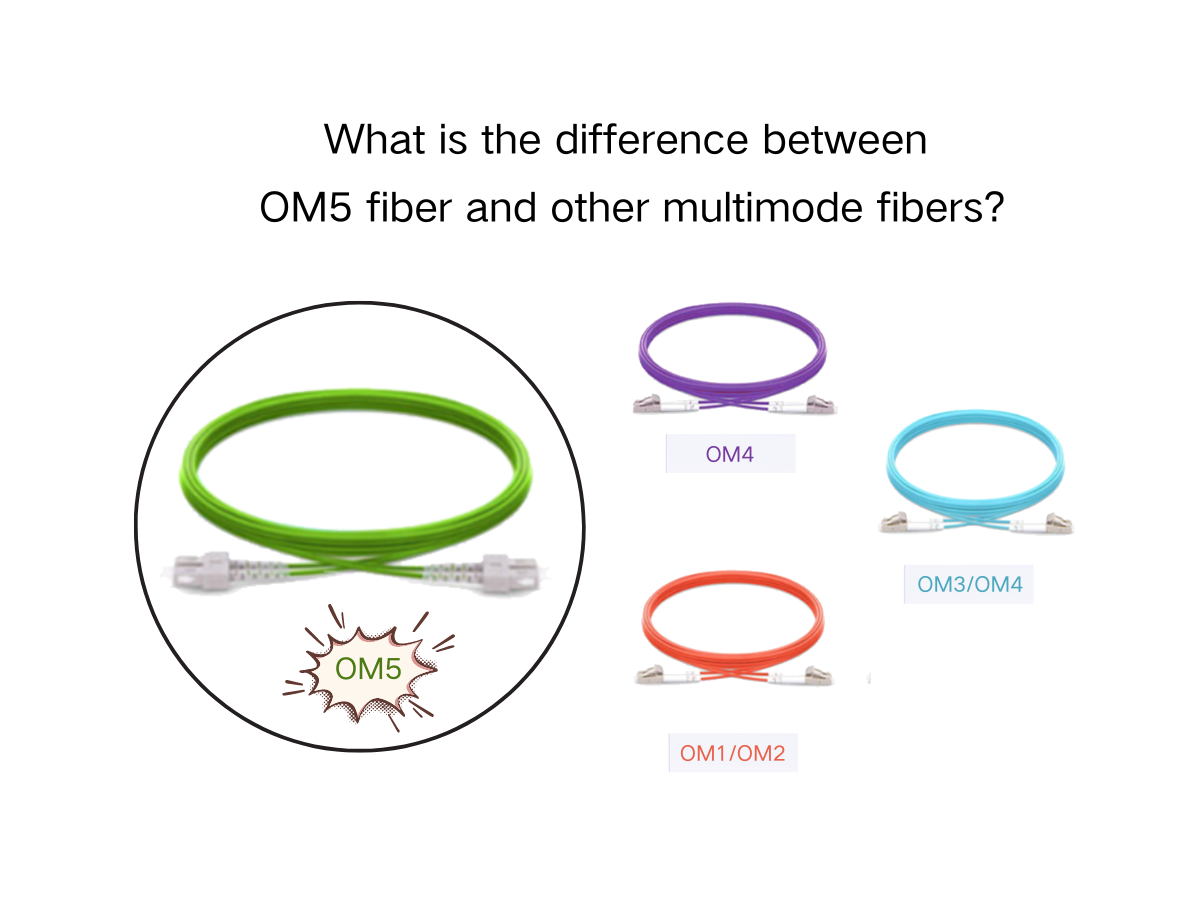
First, we need to understand what OM5 fiber optic cable is. OM5 fiber, also known as Wideband Multimode Fiber (WBMMF), is the latest specification of multimode fiber. Its main function is to support higher data transmission rates and longer transmission distances. Compared with traditional OM3 and OM4 fibers, OM5 fiber adds support for Short Wavelength Division Multiplexing (SWDM) technology, which allows it to transmit data at multiple wavelengths on a single fiber, significantly increasing the network's bandwidth and transmission efficiency.
The standardization of OM5 fiber was completed by TIA in 2016 and put into use. Its introduction has brought great convenience to data centers and high-performance computing environments. It is mainly designed for high-density applications in data centers and high-performance computing environments. Although the core diameter of OM5 fiber is 50 micrometers, consistent with OM3 and OM4, its key improvement lies in its ability to support a wavelength range from 850 nanometers to 953 nanometers, which is significant in wavelength division multiplexing applications.
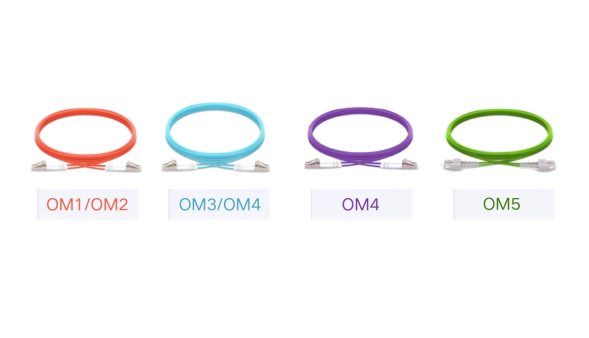
From the perspective of wavelength, the main advantage of OM5 fiber is its support for multi-wavelength transmission in the 850nm to 953nm range, which allows a single fiber to transmit data more efficiently under SWDM technology. OM1 to OM4 fibers typically only support transmission at two single wavelengths, 850nm or 1300nm, and cannot achieve the advantages brought by SWDM technology.
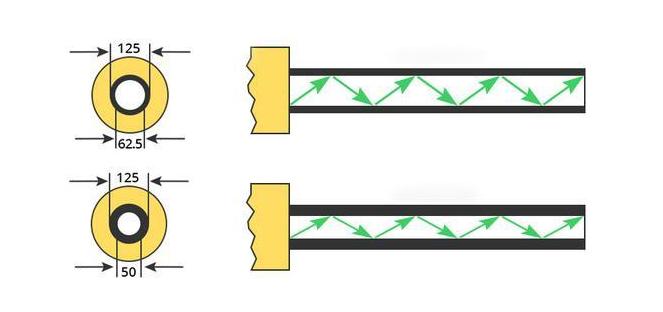
From the perspective of bandwidth and speed, OM5 fiber is designed to support high-speed data transmission of 40GbE and 100GbE, and can achieve greater bandwidth through SWDM technology. OM1 and OM2 fibers are mainly used for Gigabit Ethernet (1GbE) and are gradually being phased out in modern high-speed networks; OM3 and OM4 fibers support data transmission of 10GbE, 40GbE, and even 100GbE, but they are not as good as OM5 in long-distance and multi-wavelength transmission.
From the perspective of transmission distance, with the support of SWDM technology, OM5 fiber can transmit more data over the same distance. For example, OM5 can transmit 40GbE and 100GbE at distances of 150 meters and 100 meters, respectively. In comparison, OM4 fiber's maximum transmission distance for 100GbE is 100 meters, OM3 is 70 meters, and OM1 and OM2 are not sufficient to support 100GbE.
From the application scenario perspective, OM5 fiber is particularly suitable for modern data centers and large-scale enterprise networks that require high bandwidth and high-speed transmission; OM1 and OM2 fibers are mainly used in old low-speed networks; OM3 and OM4 fibers are more common in network upgrades during the transition phase, suitable for high-speed but short-distance applications.
| Differences Among the Five Types of Multimode Fibers | ||||
|---|---|---|---|---|
| Type | Core Diameter | Wavelength | Bandwidth | Transmission Speed |
| OM1 | 62.5um | 850nm | 160 MHz·km | 1 Gbit/s to 10 Gbit/s |
| OM2 | 50um | 850nm | 500 MHz·km | 1 Gbit/s to 10 Gbit/s |
| OM3 | 50um | 850nm | 2000 MHz·km | 10 Gbit/s to 100 Gbit/s |
| OM4 | 50um | 850nm | 4700 MHz·km | 10 Gbit/s to 100 Gbit/s |
| OM5 | 50um | 850nm to 953nm | 3500 MHz·km | 40 Gbit/s to 100 Gbit/s |
OM5 fiber represents an important advancement in multimode fiber technology, especially in supporting high bandwidth and high-speed applications. Compared with OM3 and OM4 fibers, OM5 fiber offers a more efficient solution in complex environments like data centers through its extended wavelength support range and optimization for SWDM technology.
Although the cost of OM5 is higher, it may become a key component in high-speed networks in the future as network demands continue to grow. Enterprises should choose the appropriate type of fiber based on current network needs and future expansion plans to ensure the long-term stability and performance of the network.

